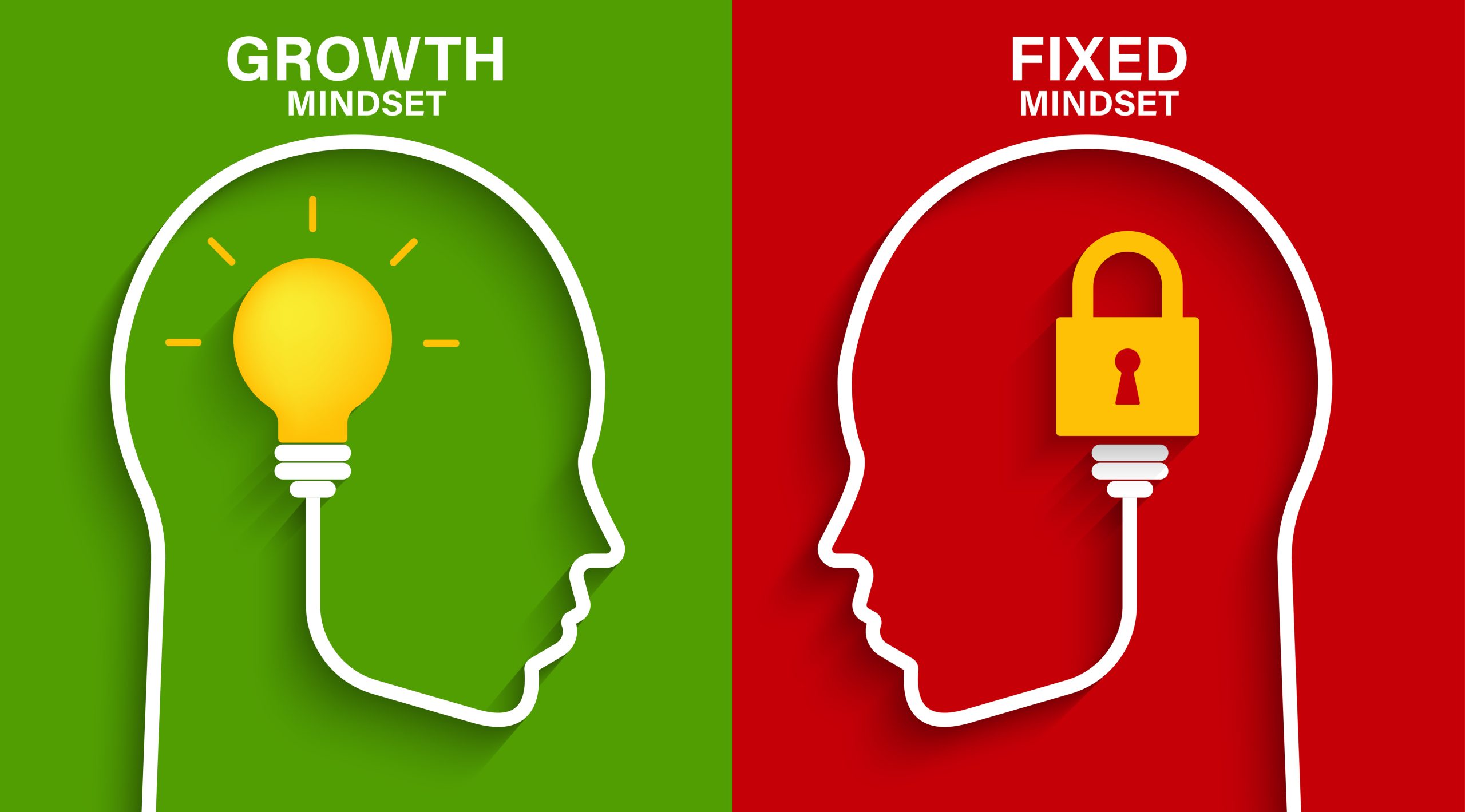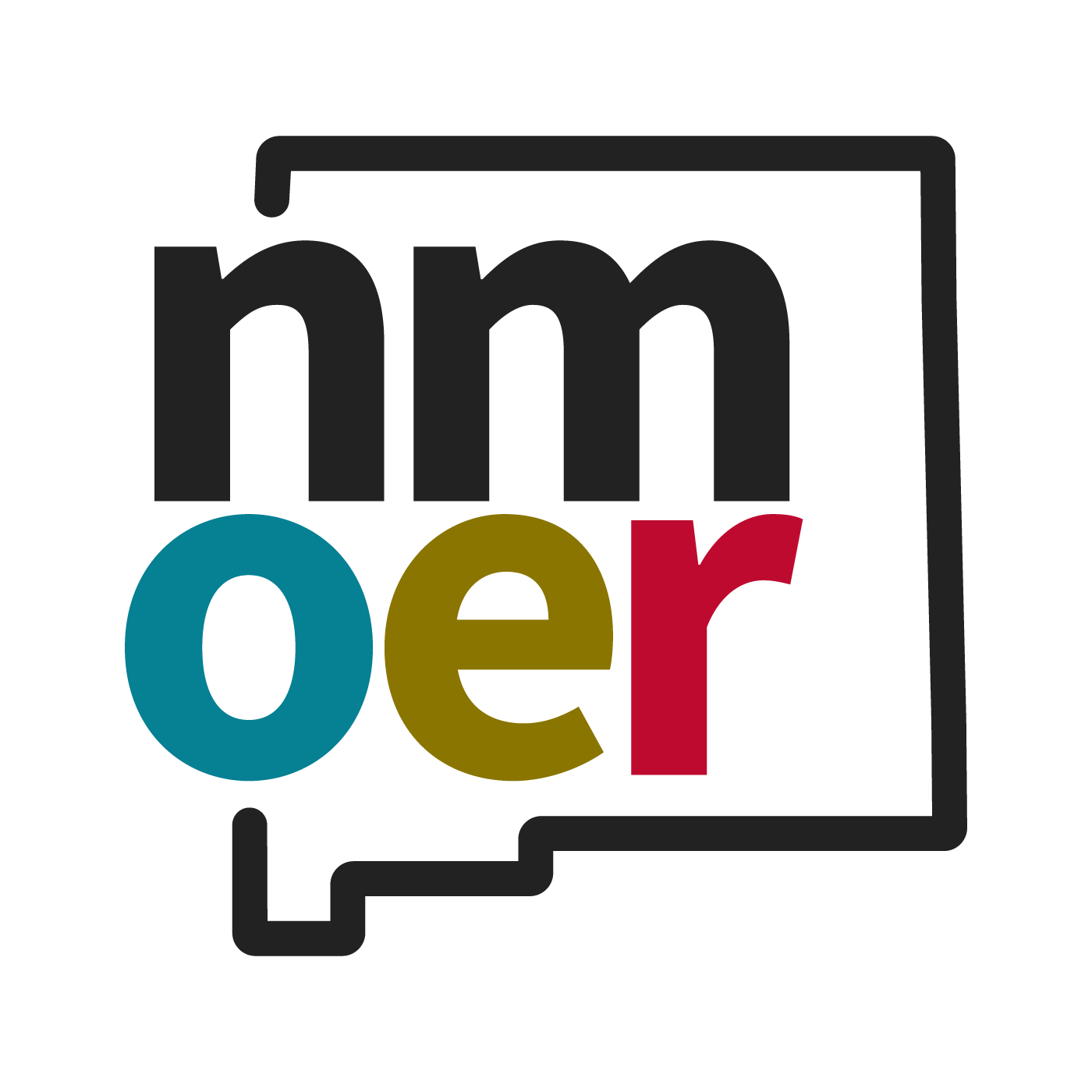Chapter 1: Goals and Motivations
Chapter Learning Objectives
- 1.1 Define the concept of SMART goals and explain how each component contributes to effective goal setting. (SLO 3, 4)
- 1.2 Apply the SMART framework to create one long-term academic or career goal and identify corresponding short- and medium-term goals. (SLO 3, 4)
- 1.3 Analyze how personal values and motivations influence goal selection and prioritization in a college or career context. (SLO 2, 3, 4)
- 1.4 Evaluate the effectiveness of current personal goal-setting strategies and assess how they align with individual strengths, values, and time management practices. (SLO 2, 3, 4)
- 1.5 Develop a personalized goal-setting plan that incorporates motivational strategies, social support systems, and contingency plans for setbacks. (SLO 2, 3, 4)

If one advances confidently in the direction of his dreams, and endeavors to live the life which he has imagined, he will meet with a success unexpected in common hours.
–Henry David Thoreau
There is no doubt that doing well in college is a sizable challenge. Every semester you have to adjust to new class schedules, instructors, classmates as well as learning objectives and requirements for each course. Along with that, you may be juggling school with work, family responsibilities, and social events. Do you feel confident that you can attend to all of them in a balanced, committed way? What will be your secret for success?
Success Begins with Goals
A goal is a desired result that you envision and then plan and commit to achieve. Goals can relate to family, education, career, wellness, spirituality, and many other areas of your life. Generally, goals are associated with finite time expectations, even deadlines.
As a college student, many of your goals are defined for you. For example, you must take certain courses, you must comply with certain terms and schedules, and you must turn in assignments at specified times. These goals are mostly set for you by someone else.
But there are plenty of goals for you to define yourself. For example, you decide what you would like to major in. You decide how long you are going to be in college or what terms you want to enroll in. You largely plan how you would like your studies to relate to employment and your career.
Goals can also be sidetracked. Consider the following scenario in which a student makes a discovery that challenges her to reexamine her goals, priorities, and timetables:
Janine had thought she would be an accountant, even though she knew little about what an accounting job might entail. Her math and organizational skills were strong, and she enjoyed taking economics courses as well as other courses in her accounting program. But when one of her courses required her to spend time in an accounting office working with taxes, she decided that accounting was not the right fit for her, due to the higher-stress environment and the late hours.
At first, she was concerned that she invested time and money in a career path that was not a good fit. She feared that changing her major would add to her graduation time. Nevertheless, she did decide to change her major and her career focus.
Janine is now a statistician with a regional healthcare system. She is very happy with her work. Changing her major from accounting to statistics was the right decision for her.
This scenario represents some of the many opportunities we have, on an ongoing basis, to assess our relationship to our goals, reevaluate priorities, and adjust. Opportunities exist every day—every moment, really!
Below is a set of questions we can ask ourselves at any turn to help focus on personal goals:
- What are my top-priority goals?
- If everything is a priority, then is anything truly a priority?
- Which of my skills and interests make my goals realistic for me?
- What are my goals? What makes my goals believable and possible?
- Are my goals measurable? How long will it take me to reach them?
- How will I know if I have achieved my goals?
- Are my goals flexible?
- What will I do if I experience a setback?
- Are my goals controllable?
- Can I achieve them on my own? What support will I need? What potential challenges might I face?
- Are my goals in sync with my values?
- What are my values? what is my big reason for doing this project?
As you move through your college career, make a point to ask these questions regularly.
Aids to Successful Goal Setting
A common method to setting goals is to use the acronym S.M.A.R.T. This method helps us set goals that we will most likely be able to achieve.

Video: SMART Goals
Watch the following overview of SMART goals – a memory aid in setting and evaluating goals to ensure that they are Specific, Measurable, Achievable, Relevant and Time bound.
ACTIVITY: IDENTIFYING YOUR GOALS
In order to achieve long-term goals, you will need to first achieve a series of shorter goals. Medium-term goals (this year and while in college) and short-term goals (today, this week, and this month) may take several days, weeks, months, or even a few years to complete, depending on your ultimate long-term goals.
Complete the following Goals Activity to identify short and medium-term goals that will help you achieve your long-term goal.
Practice activity for your learning benefit (not graded):
Objectives
- Identify 1 long-term academic or career goal.
- Identify two related medium-term and two related short-term goals that will help you achieve your long-term goal.
- Identify specific, measurable, achievable, relevant activities to achieve your identified goals by a certain timeframe.
Instructions
- Review the worksheet below, and fill in the blank sections to the best of your ability.
Guidelines
- Phrase goals as positive statements: Affirm your excitement and enthusiasm about attaining a goal by using positive language and expectations.
- Be exact: Set a precise goal that includes dates, times, and amounts, so that you have a basis for measuring your progress.
- Prioritize: Select your top goals, and put them in order of importance. This helps you understand the degree to which you value each of them. It will also help you better manage related tasks and not feel overwhelmed.
- Take the lead: Identify goals that are linked to your own performance, not dependent on the actions of other people or situations beyond your control.
- Be realistic but optimistic and ambitious: The goals you set should be achievable, but sometimes it pays to reach a little higher than what you may think is possible. Certainly don’t set your goals too low.
- Be hopeful, excited, and committed: Your enthusiasm and perseverance can open many doors!
| Goal Priorities | My Precise Goals | What I Am Doing Now to Achieve These Goals |
|---|---|---|
| Example: Long-term goal | I will graduate with an Associate of Arts degree in Automotive Technology by May 2023. | I am attending the college of my choice and getting good grades in my major. |
| Example: Related medium-term goal | I will find either an internship or start a part-time job at an auto repair business within the next year. | I have created an account in ACC Career Link. I visited with Career Services to start working on my resume. When I meet with my automotive tech instructor, I will ask for recommendations for an internship. |
| Example: Related short-term goal | I will earn a 3.0 GPA this semester. | I attend every class. I reviewed the syllabi and put due dates in my calendar with reminders. This week I have a meeting with one of my instructors to ask about my progress. I have blocked regular study time in my weekly schedule. Last week I started visiting with a Learning Lab tutor. |
| Identify your long-term goal | ||
| Identify a related medium-term goal #1 | ||
| Identify a related medium-term goal #2 | ||
| Identify a related short-term goal #1 |
Motivational Strategies to Support You
Every day we make choices. Some are as simple as what clothes we decide to wear, what to eat for lunch, or how long to study for a test. But what about life-altering choices—the ones that leave us at a crossroads? How much thought do you give to taking Path A versus Path B?
Do you like to plan and schedule your choices, by making a list of pros and cons, for instance? Or do you prefer to make decisions spontaneously and just play the cards that life deals you as they come?
How do you view challenges? Have you been coming from a growth mindset or a fixed mindset?
How can believing that we can learn and improve through effort contribute to our success and our ability to achieve goals?
The Power of “Yet”
“Growth mindset” is the idea that we can grow our brain’s capacity to learn and to solve problems.

Carol Dweck is a professor at Stanford and the author of Mindset. (opens in a new tab), a classic work on motivation and “growth mindset.” Her work is influential among educators and increasingly among business leaders as well. In this talk, she describes two ways to think about a problem that’s slightly too hard for you to solve. Are you not smart enough to solve it … or have you just not solved it yet?
Passion and Perseverance: “Grit”
Many times, long-term goals get challenging. That’s where the idea of “grit” comes in to use perseverance and passion to meet your long-term goals.
Leaving a high-flying job in consulting, Angela Lee Duckworth took a job teaching math to seventh graders in a New York public school. She quickly realized that IQ wasn’t the only thing separating the successful students from those who struggled. In this video, she explains her theory of “grit” as a predictor of success.
Video
Social Aspects of Achieving Your Goals
Setting goals can be a challenge, but working toward them, once you’ve set them, can be an even greater challenge—often because it implies that you will be making changes in your life. You might be creating new directions of thought or establishing new patterns of behavior, discarding old habits or starting new ones. Change will always be the essence of achieving your goals.
You may find that as you navigate this path of change, one of your best resources is your social network. Your family, friends, roommates, coworkers, and others can help you maintain a steady focus on your goals. They can encourage and cheer you on, offer guidance when needed, share knowledge and wisdom they’ve gained, and possibly partner with you in working toward shared goals and ambitions. Your social network is a gold mine of support.

Here are some easy ways you can tap into goal-supporting “people power”:
- Make new friends
- Study with friends
- Actively engage with the college community
- Volunteer to help others
- Join student organizations
- Get an internship
- Work for a company related to your curriculum
- Stay connected via social media (but use it judiciously)*
- Keep a positive attitude
- Congratulate yourself on all you’ve done to get where you are
Is there a healthy balance with social media? If you feel overly attached to social media, you may find immediate and tangible benefit in cutting back. By tapering your use, you can devote more time to achieving your goals. You can also gain a sense of freedom and more excitement about working toward your goals.
Dealing with Setbacks and Obstacles
At times, unexpected events and challenges can get in the way of best-laid plans. For example, you might get sick or injured or need to deal with a family issue or a financial crisis. Such upsets, whether minor or major, may trigger a need to take some time off from school—perhaps a term or a year. Your priorities may shift. You may need to reevaluate your goals.
Problem-Solving Strategies
Below is a simple list of four problem-solving strategies. They can be applied to any aspect of your life.
- What is the problem?
- Define it in detail. How is it affecting me and other people?
- How are other people dealing with this problem?
- Are they adjusting their time management skills? Can they still complete responsibilities, and on time?
- What is my range of possible solutions?
- Are solutions realistic? How might these solutions help me reach my goal/s?
- What do I need to do to implement solutions?
- Are there resources or people I can reach out to when I face a problem?
You may wish to also review the earlier set of questions about focusing with intention on goals.
Be confident that you can return to your intended path in time. Acknowledge the ways in which you need to regroup. Read inspiring words from people who have faced adversity and gained. Line up your resources, be resolved, and proceed with certainty toward your goals.
Licenses and Attributions
CC Licensed Content — Original
Allison, D. (2025). Career planning and personal exploration. OER Commons. (Licensed under CC BY 4.0)
Campos-Robledo, J., & Nguyen, T. (n.d.). Career/life planning and personal exploration. Lumen Learning, OER Commons. (Licensed under CC BY 4.0)
PERT, & Kitchen, R. (n.d.). Growth mindset vs. fixed mindset: An introduction. TED-Ed. (Licensed under CC BY-NC-ND 4.0 International)
CC Licensed Content — Shared Previously
Bruce, L. (n.d.). Defining goals. Lumen Learning. (Licensed under CC BY)
Duckworth, A. L. (n.d.). Grit: The power of passion and perseverance [Video]. TED. (Licensed under CC BY-NC-ND)
Dweck, C. (n.d.). The power of believing that you can improve [Video]. TED. (Licensed under CC BY-NC-ND)
Priester, T. C. (Ed.). (n.d.). Foundations of college success: Words of wisdom. Open SUNY Textbooks. (Licensed under CC BY-NC-SA)
All Rights Reserved Content
DecisionSkills. (2014, May 22). SMART goals – Quick overview [Video]. YouTube. (Licensed under Standard YouTube License – All Rights Reserved)
Original chapter source: Adapted from Career Planning and Personal Exploration by Dawn Allison.

